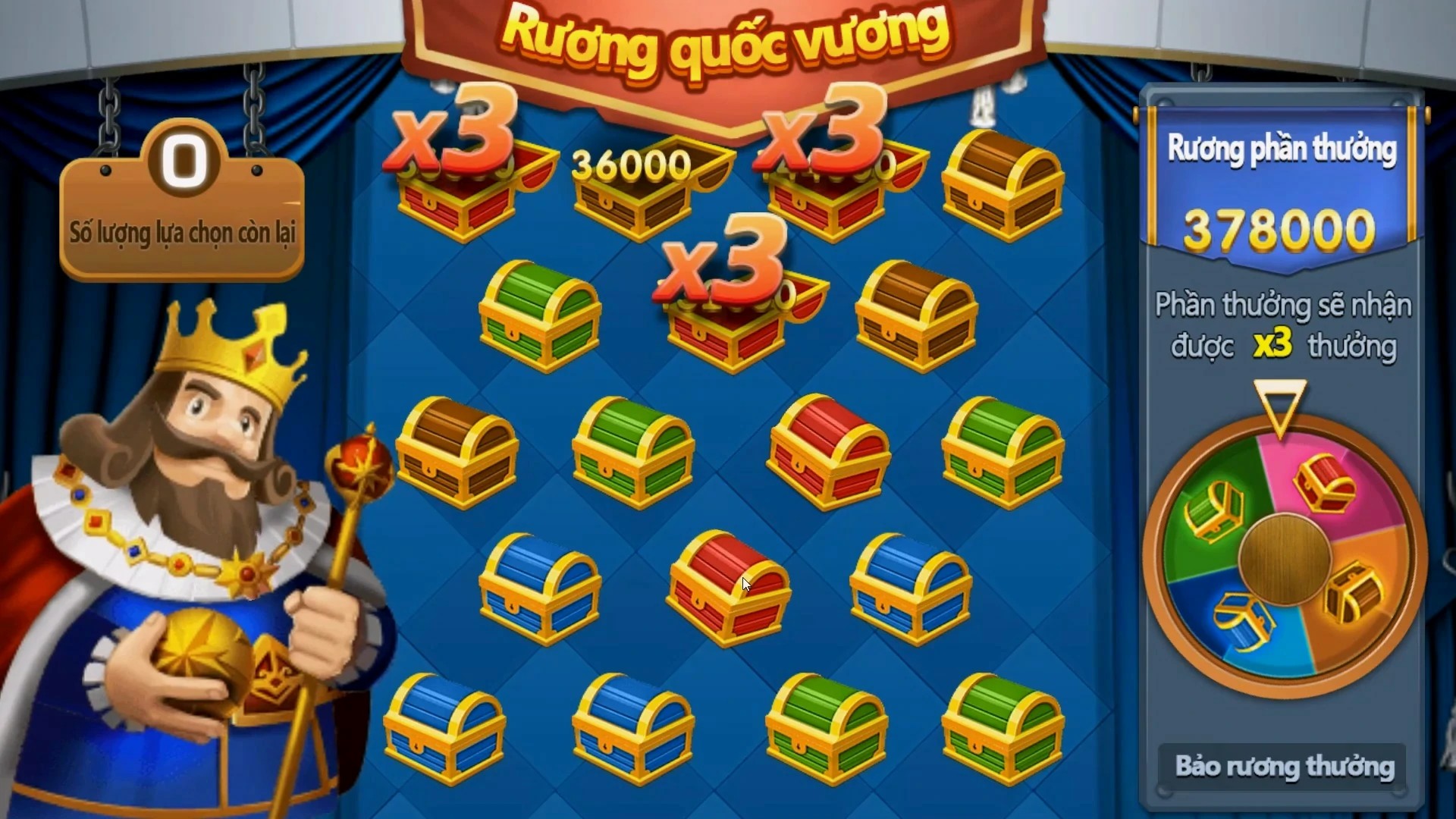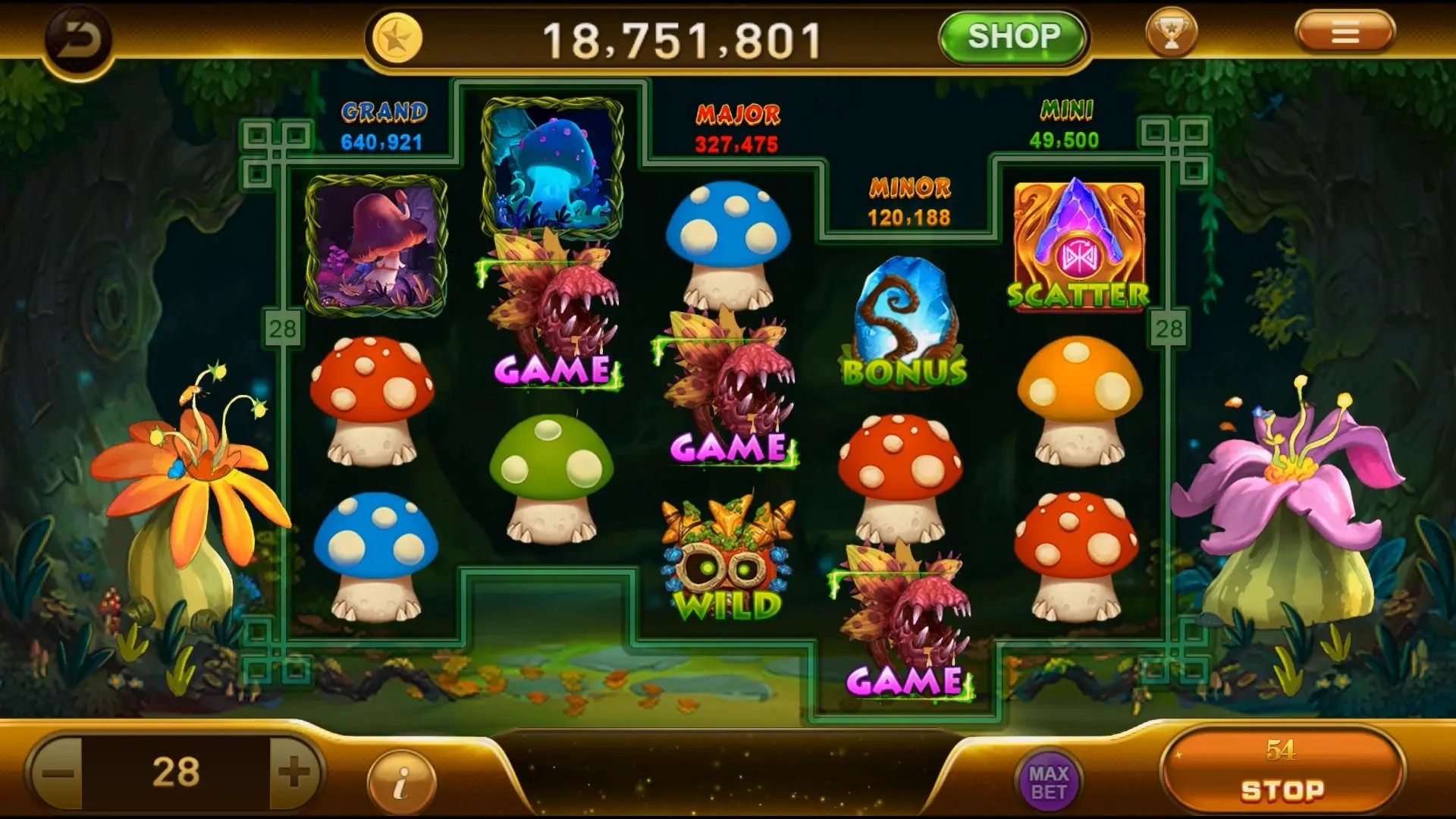From Simulation to Idle: How Games Are Redefining Player Engagement in the Digital Age
The Evolution of Gaming Mechanics
In the rapidly changing landscape of video games, the transition from simulation games to idle games marks a defining moment. These two genres, while seemingly different, work together in intriguing ways to change how players interact with digital worlds. Simulation games often immerse players in a rich, interactive environment that requires active participation. Conversely, idle games offer casual experiences, allowing players to progress with minimal effort.
Engaging Players: Simulation vs. Idle
To highlight the contrast, we've created a brief comparison:
| Aspect | Simulation Games | Idle Games |
|---|---|---|
| Player Engagement | High; requires active involvement | Low; passive and casual |
| Game Dynamics | Complex; requires strategy and skill | Simplified; progression is automated |
| Examples | Flight Simulators, Farming Simulators | AdVenture Capitalist, Cookie Clicker |
Why Idle Games Are on the Rise
As lifestyle changes influence our gaming habits, idle games have emerged as a go-to option for players seeking easy amusement. Their simplicity provides everyone—from busy professionals to students—an outlet to unwind without heavy commitment. Moreover, these games often incorporate ASMR elements, tapping into the soothing sensations that many players cherish. For those who enjoy unique experiences, platforms like the asmr matty tingles game store showcase an array of casual games designed with this in mind.
Community and Competition: A New Blend
Interestingly, both game types foster a sense of community. Whether it's a flight simulation enthusiasts group or an idle clicker tournament, players engage with each other to share strategies and experiences. The competition isn’t lost either! Even the notion of US Delta Force vs Navy Seals competitions resonates with players, uniting them through shared interests. This blend of community and competition keeps players coming back for more!
Key Takeaways
- Engagement Dynamics: Simulation games require active participation while idle games offer a more relaxed experience.
- Community Building: Both genres help forge communities around shared interests, enhancing the gaming experience.
- Trendy Mechanics: Idle games are rising due to their accessibility and casual nature, aligning with the digitized lifestyles of today.
Conclusion
As gaming continues to evolve, the interplay between simulation and idle games creates innovative ways to engage different audiences. Players now have a spectrum of experiences at their fingertips, allowing for both intense immersion and light-hearted escapism. So, whether you’re flying high in a vivid simulator or clicking away in an idle adventure, the future of gaming looks bright and incredibly exciting!



